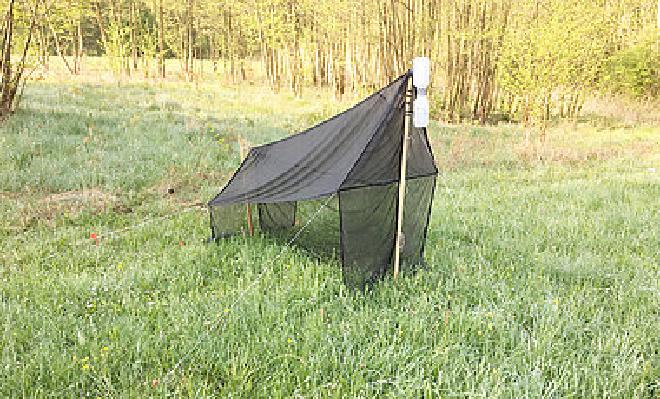

Now, a research team from the Julius-Maximilians-Universität Würzburg (JMU) has discovered—using innovative analytical methods—that the impact of agricultural land use on insect diversity is even more dramatic than previously assumed. The findings are based on an analysis of insect species from 400 families collected across a wide range of habitats in Bavaria.
The study was led by Professor Jörg Müller, Chair of Conservation Biology and Forest Ecology at JMU. The results have been published in the journal Proceedings of the Royal Society B.
44 Percent Drop in Insect Species Diversity on Farmland #
Samples were collected using insect traps in both agricultural areas and near-natural habitats. The animals’ genetic material was examined using DNA metabarcoding—a method that enables rapid identification of all species present in a given sample. For analysis, the researchers applied specially tailored statistical tools optimized for the unique properties of metabarcoding data, leading to more precise results.
Study Highlights Urgent Need for Biodiversity-Sensitive Land Use #
But that’s not all: for the first time, the new methods also revealed a loss of nearly 30 percent in evolutionary diversity—that is, the range of evolutionary relationships among species. This suggests that previous studies have likely underestimated the impact of agriculture on insect diversity—due to two key reasons.

Citation #
A short cut to sample coverage standardization in meta-barcoding data provides new insights into land use effects on insect diversity. Mareike Kortmann, Anne Chao, Chun-Huo Chiu, Christoph Heibl, Oliver Mitesser, Jérôme Morinière, Vedran Bozicevic, Torsten Hothorn, Julia Rothacher, Jana Englmeier, Jörg Ewald, Ute Fricke, Cristina Ganuza, Maria Haensel, Christoph Moning, Sarah Redlich, Sandra Rojas-Botero, Cynthia Tobisch, Johannes Uhler, Jie Zhang, Ingolf Steffan-Dewenter, and Jörg Müller. Proceedings B, 7. Mai 2025, DOI: 10.1098/rspb. 2024.2927
- The article New Method Provides Fresh Insights into Insect Decline, written by Mareike Kortmann & Martin Brandstätter was published in the Julius-Maximilians-Universität Würzburg English news section

